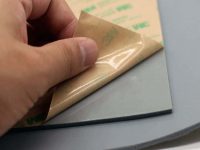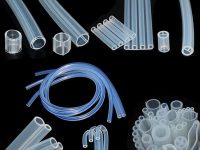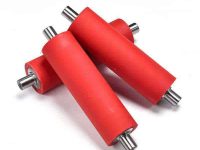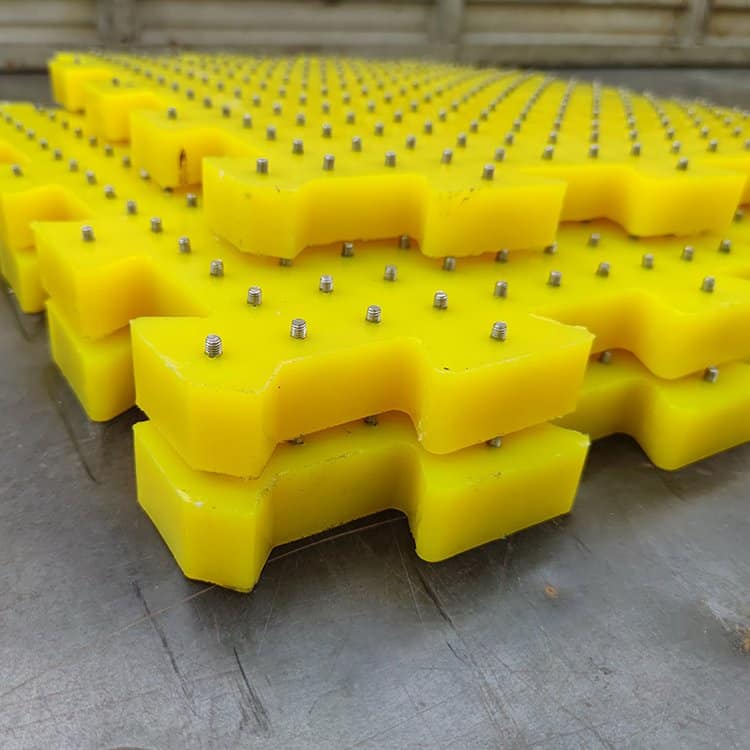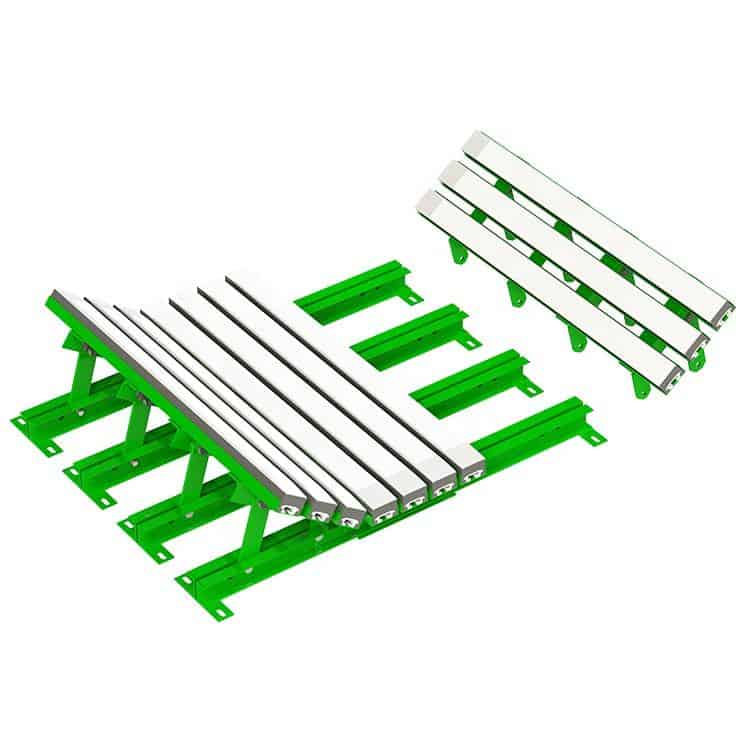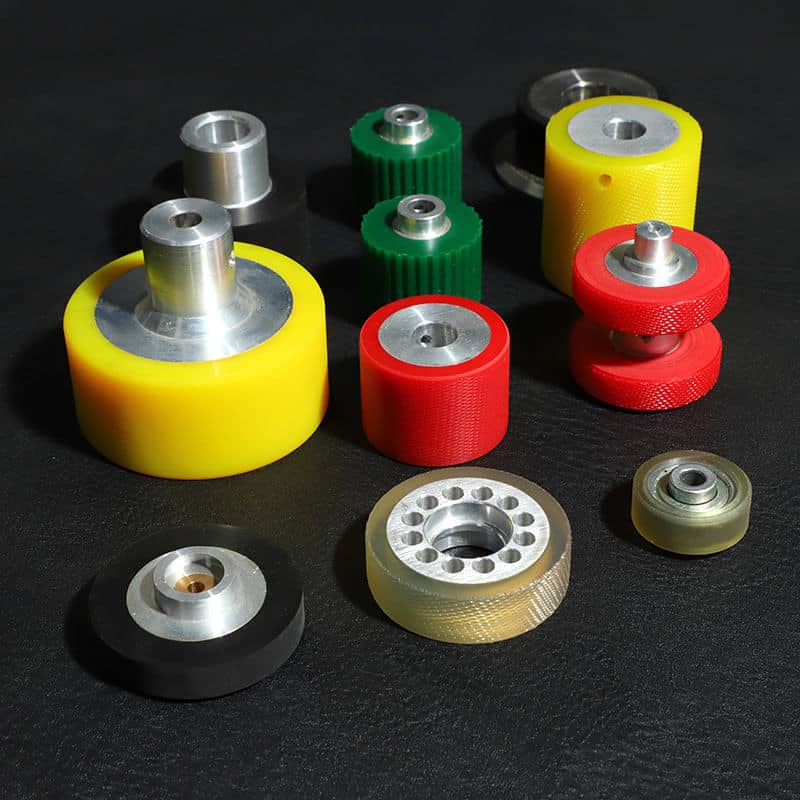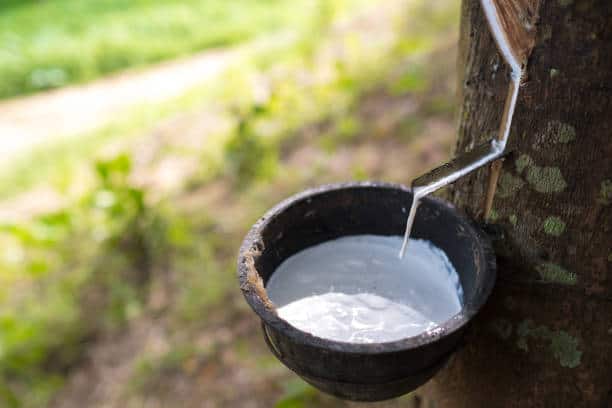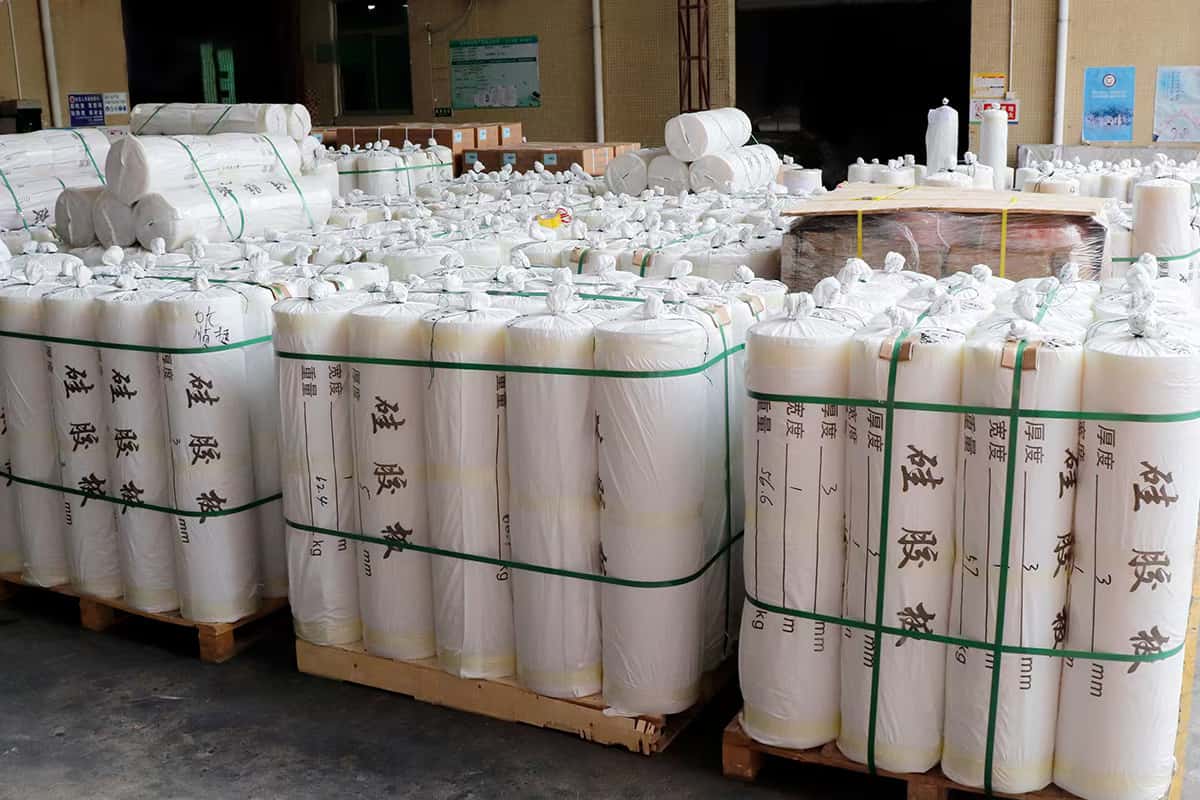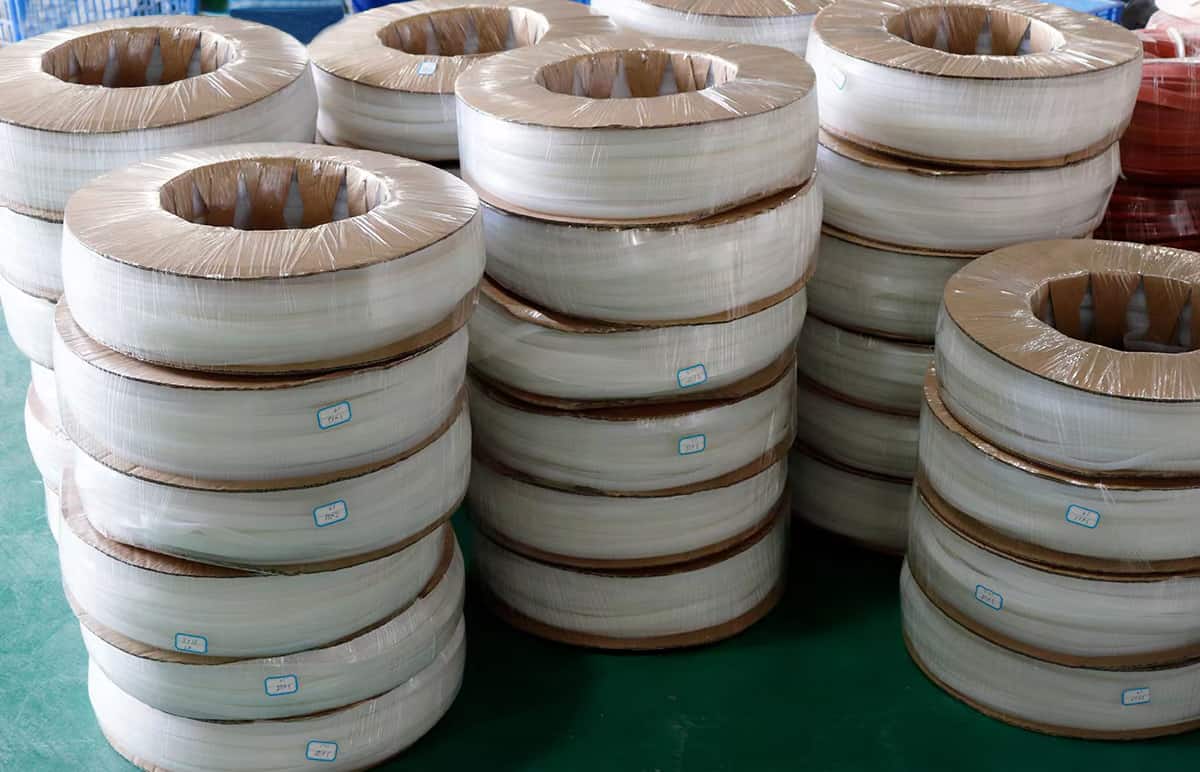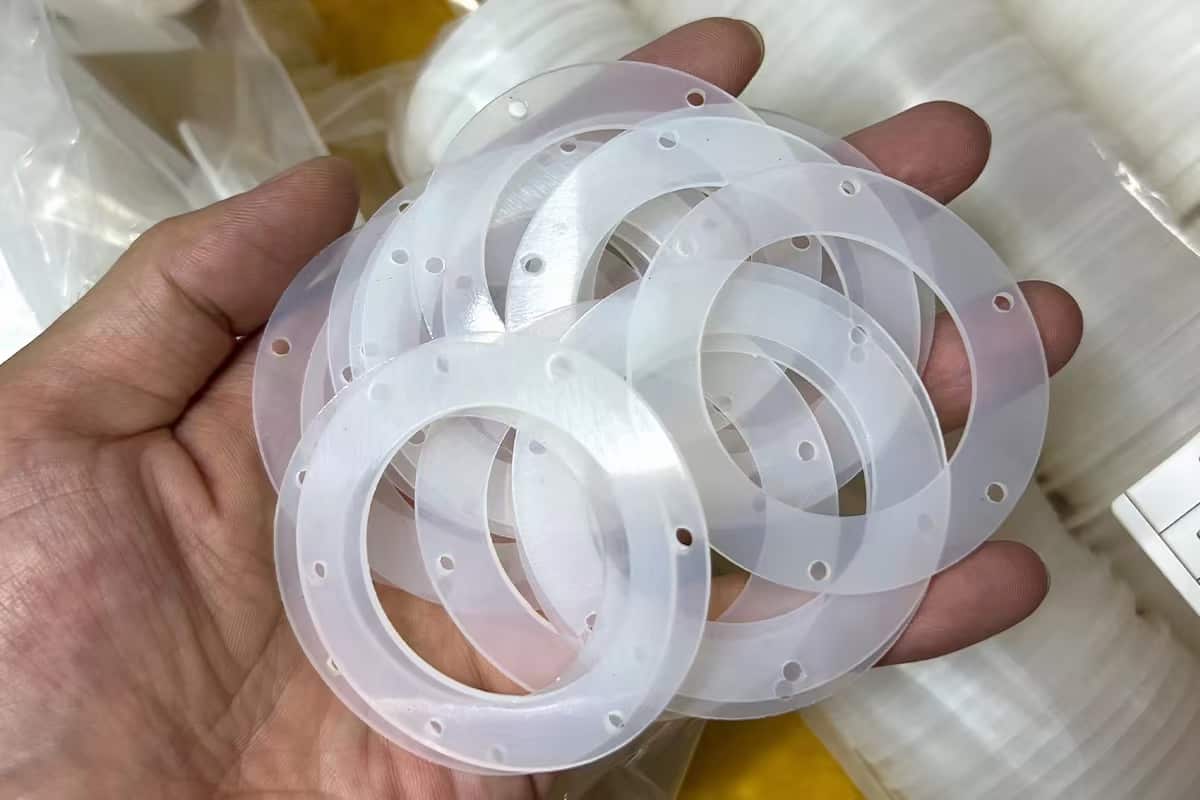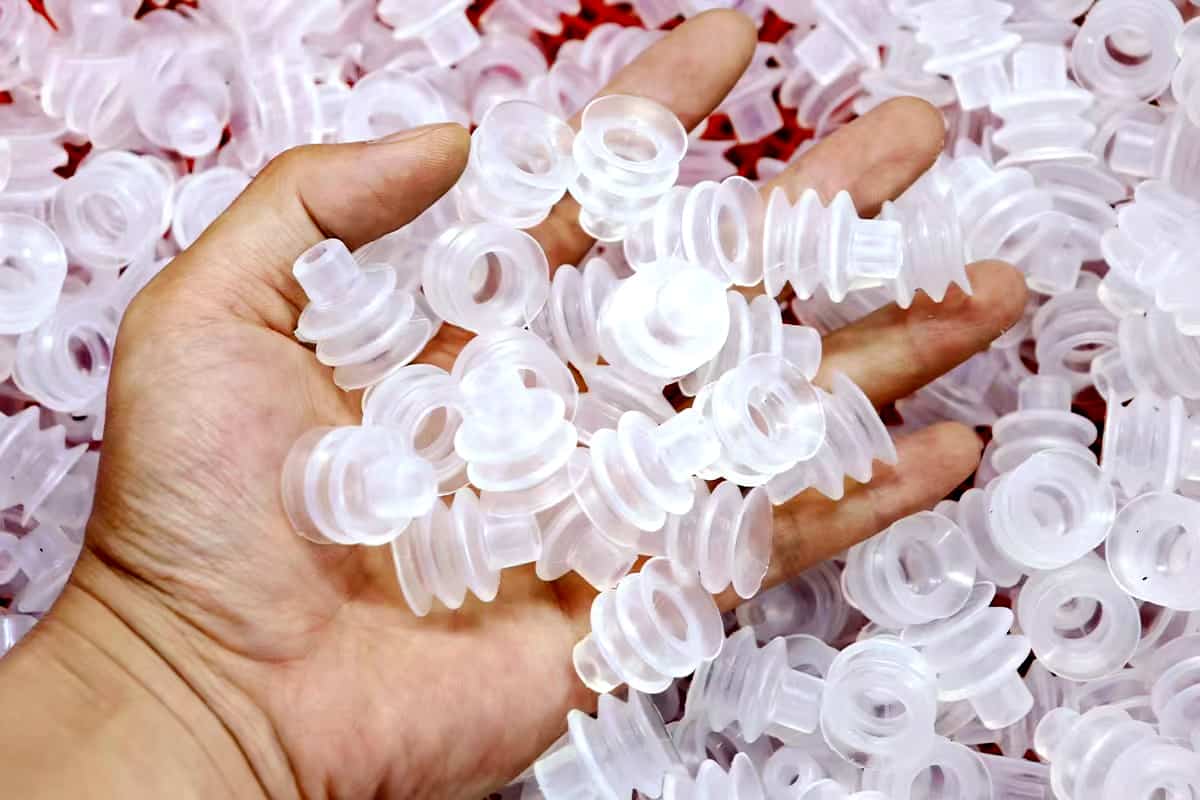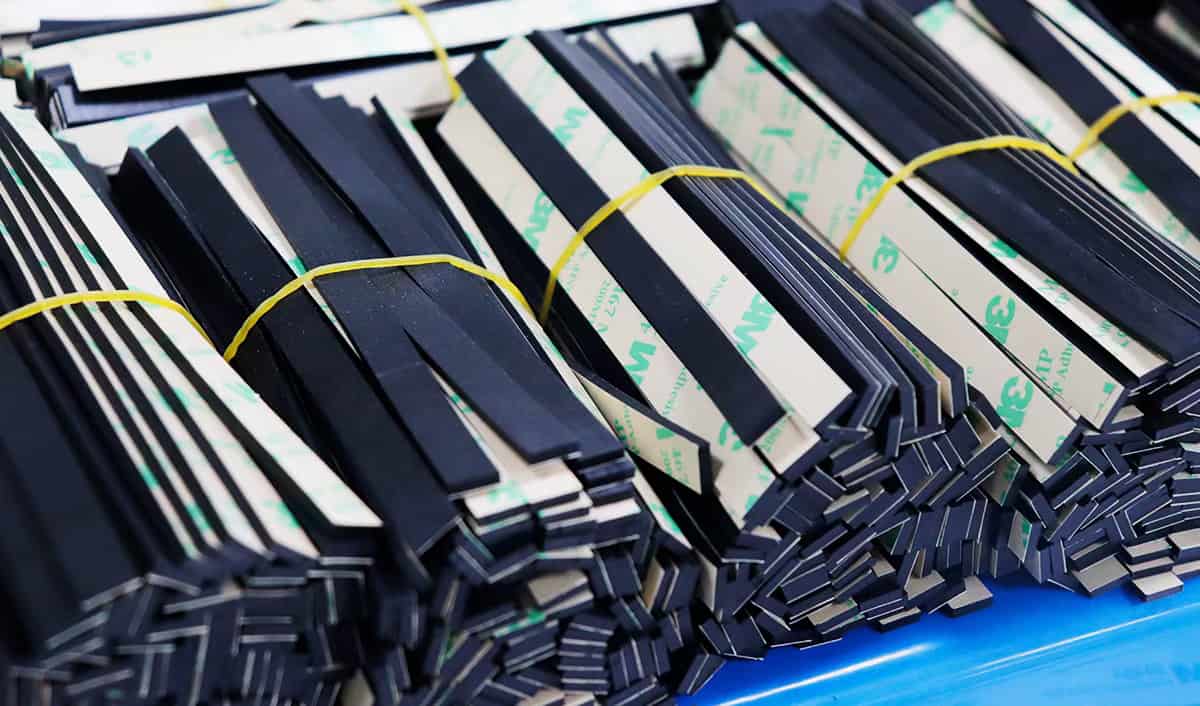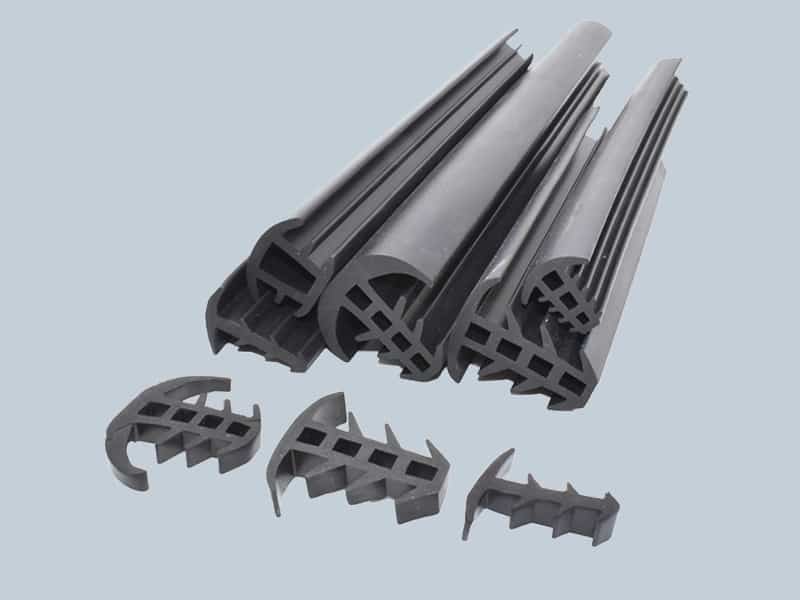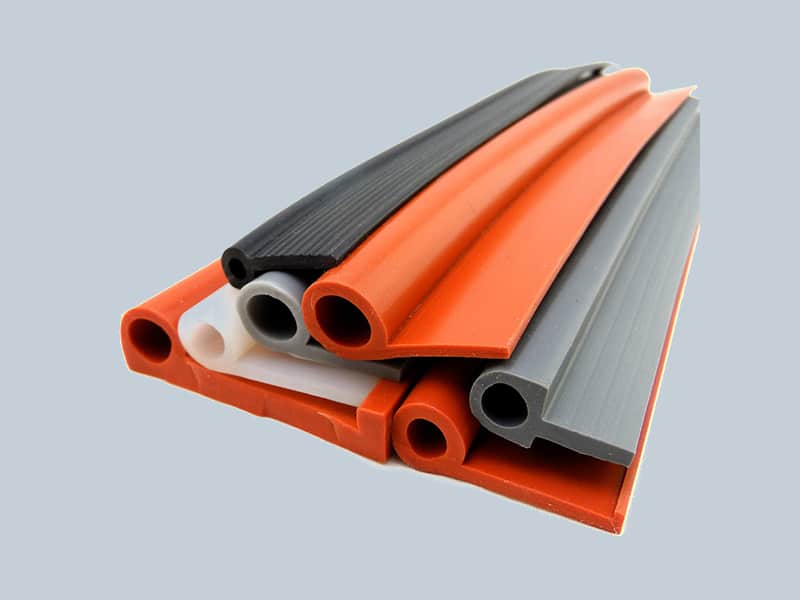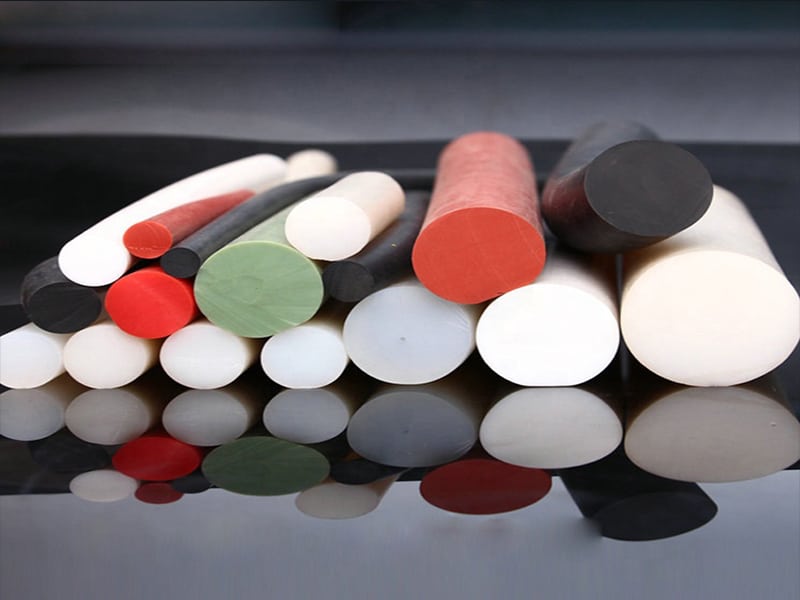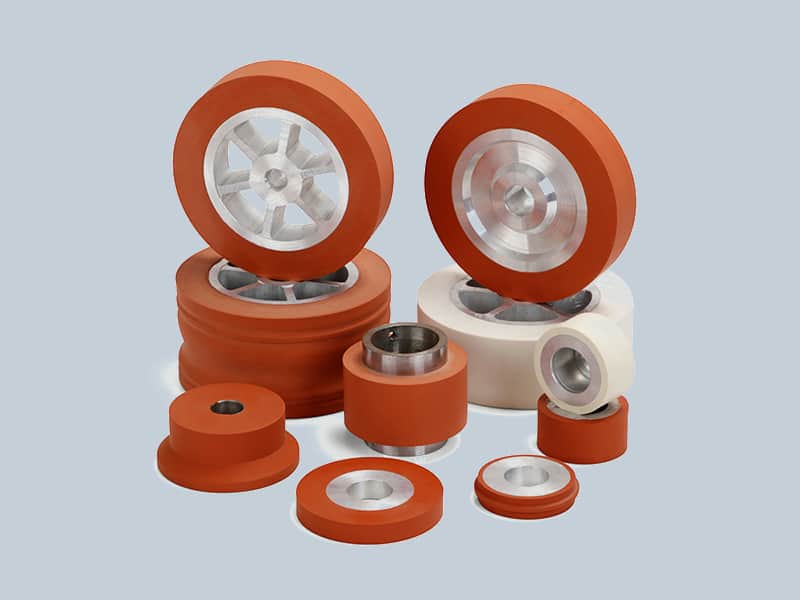When it comes to choosing the right material for your project, it is important to consider the properties of each option. In this blog post, we will compare the properties of silicone rubber and Ethylene-Propylene Diene Monomer (EPDM) to help you decide which option is best for you.
What are silicone rubber and EPDM?
Silicone rubber and EPDM (ethylene propylene diene monomer) are two of the most popular types of rubber. They both have a wide range of applications, but there are some key differences between them.
Silicone rubber and EPDM are two types of synthetic rubber. They are both made from petroleum products and have many applications in industry and manufacturing. Silicone rubber is known for its heat resistance and flexibility, while EPDM is known for its weather resistance and durability. Both materials are widely used in the construction industry, such as roofing membranes, flooring and floor covering. They have excellent resistance to water and chemicals, so they are often used for a variety of applications.
WHAT IS SILICONE RUBBER?
Silicone rubber is a synthetic rubber that is made from silicon, oxygen, and other chemicals. It is heat resistant and has a wide temperature range, making it perfect for applications where other rubbers would break down. Silicone rubber also has good electrical insulating properties and is resistant to water and chemicals. This rubber is known for its resistance to high temperatures and its flexibility. It can be used in a variety of applications, including electrical insulation, automotive components, cookware, and medical devices. Silicone rubber is a thermal shock resistant elastomer that can withstand high temperatures. It can be used in applications requiring resistance to chemicals and water, such as food packaging. It also has excellent abrasion resistance and electrical insulating properties, making it ideal for use in electrical insulation.
WHAT IS EPDM?
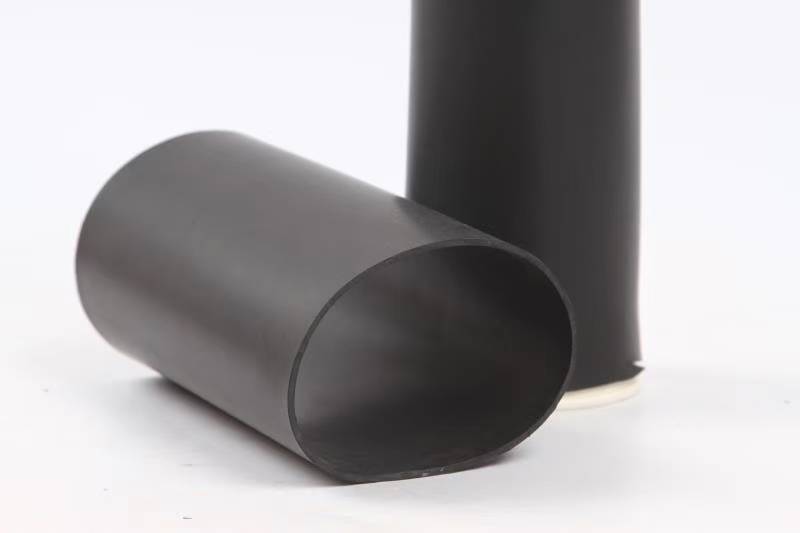
EPDM is a synthetic rubber that offers excellent resistance to ozone, sunlight and weathering. It also has good chemical resistance and can withstand extreme temperatures. EPDM is commonly used in roofing applications, but can also be found in gaskets, seals and hoses. EPDM has the chemical formula CH2=CH(CH3)2, and the melting temperature is approximately -40°C. The main components of EPDM are dimethylpentadiene and dimethylisoprene. Dimethylisoprene is the most important component and gives EPDM its resistance to ozone, sunlight, weathering and cold temperatures.
What are the key differences between silicone rubber and EPDM?
There are many types of rubber, each with its own unique properties. Two of the most common types of rubber are silicone rubber and Ethylene Propylene Diene Monomer (EPDM) rubber. Although both materials are elastomers (i.e., they can return to their original shape after being stretched or compressed), they have several key differences.
Silicone rubber is a synthetic material made from silicone, a siloxane (a molecule consisting of silicon and oxygen atoms). Silicone rubbers are resistance to high temperatures and have good electrical insulating properties. They are often used in applications where these properties are necessary, such as in high-voltage electrical insulation, gaskets and seals for engines and other machinery, cooking utensils, and medical implants.
EPDM rubber is also a synthetic material, made from a copolymer of ethylene and a synthetic diene (a compound containing two carbon atoms). EPDM rubbers have good resistance to heat, weathering, and chemicals. They are often used in outdoor applications such as seals on car doors and windows, hoses, tubing, and wire insulation.
There are other important differences between silicone rubber and EPDM rubber. Silicone rubbers have poorer tear resistance than EPDM rubbers; however, they have better compression set resistance (i.e., they maintain their shape better when compressed over time). Silicone rubbers also have lower density than EPDM rubbers; however, they have higher specific heat capacity (i.e., they can absorb more heat before becoming hot themselves).
Silicone rubber and EPDM are both versatile materials that have a variety of applications. They are both elastomers, meaning they have the ability to return to their original shape after being stretched or compressed. However, there are some key differences between these two materials.
Silicone rubber and EPDM Difference in properties: flexibility, heat resistance, chemical resistance
Silicone rubber and EPDM are two types of synthetic rubber. They are both used in a variety of applications, but there are some important differences between the two. Silicone rubber is more flexible and has better heat resistance than EPDM. silicone rubber has a much higher temperature range than EPDM. Silicone rubber can be used in temperatures as high as 400 degrees Fahrenheit, while EPDM starts to break down at around 200 degrees Fahrenheit. This makes silicone rubber a better choice for applications where high temperatures are involved. It is also less resistant to chemicals and UV radiation. This makes it a good choice for applications where it will come into contact with harsh chemicals or solvents. Silicone rubber also shows resistance to oil and grease, which makes it a good choice for applications where dirt and debris is a concern. It is also resistant to acids, alkalis, and chlorine. Silicone rubber has better adhesion, even to a variety of substrates, including metals, glass and ceramic. It also has low hysteresis.
Silicone rubber and EPDM Difference in Weathering
Weathering is the process of breaking down and altering materials by the action of wind, water, ice, and other atmospheric conditions. Weathering can be a problem for many different materials, but it is especially an issue for silicone rubber and EPDM. These two materials are often used in applications where weathering resistance is important, so it is important to understand the difference between them.
Silicone rubber has excellent weathering resistance thanks to its unique chemical structure. The main chain of the polymer is made up of silicon and oxygen atoms, with relatively few carbon atoms. This makes the material resistant to oxidation and UV degradation. In addition, silicone rubber does not absorb water, so it is not affected by humidity or rain.
EPDM also has good weathering resistance, but for different reasons.
Ethylene propylene diene monomer, or EPDM, is a type of synthetic rubber. It is used in a variety of applications, such as in seals and hoses. EPDM has good weathering resistance, but for different reasons than other types of rubber.
EPDM is resistant to both ultraviolet light and ozone. These properties make it ideal for outdoor applications. Other types of rubber, such as natural rubber, are not as resistant to these elements and will degrade over time.
EPDM also has good chemical resistance. It is not affected by acids or alkalis. This makes it ideal for use in environments where other materials would be corroded by the chemicals present.
Overall, EPDM is a versatile material that can be used in a number of applications due to its superior weathering and chemical resistance.
Silicone rubber and EPDM Difference in Cost
Silicone rubber is more expensive than EPDM rubber because it takes more time and energy to produce.
What are the applications of silicone rubber and EPDM?
Both silicone rubber and EPDM are used in a variety of applications, such as seals and gaskets, electrical insulation, and as a coating for textiles.
Silicone rubber is frequently used in food processing and medical applications due to its high resistance to temperature and chemicals. It is also used in applications where low levels of volatile organic compound (VOC) emissions are required.
EPDM has excellent resistance to UV light, making it a popular choice for outdoor applications such as roofing and automotive parts. It is also often used in hot water applications due to its resistance to degradation at high temperatures.
What are the advantages and disadvantages of silicone rubber and EPDM?
Both silicone rubber and EPDM are elastomers, which means they are both flexible and have a similar range of applications. So, what are the advantages and disadvantages of each material?
Silicone rubber is known for its resistance to high temperatures, making it ideal for applications where heat is a factor. It also has good resistance to ozone, UV light, and weathering in general, making it ideal for outdoor applications. However, silicone rubber does have some drawbacks. It is not as strong as EPDM rubber and can tear more easily. It is also more expensive than EPDM rubber.
EPDM rubber is known for its excellent resistance to chemicals and ozone. It is also UV resistant and has good weathering properties in general. One advantage that EPDM has over silicone rubber is that it is cheaper. However, EPDM is not as heat resistant as silicone rubber and can break down at higher temperatures.
How do silicone rubber and EPDM compare in terms of cost?
There is no easy answer when it comes to the cost comparison of silicone rubber vs EPDM. Both materials have a wide range of prices, depending on the quality and quantity of the product. In general, silicone rubber is typically more expensive than EPDM, but there are many factors that can affect the price of either material.
It is important to note that cost is not the only factor to consider when choosing a material. The suitability of a material for a particular application should be the primary consideration. With that said, let’s take a closer look at the cost comparison of silicone rubber vs EPDM.
Silicone rubber is typically more expensive than EPDM rubber because it has a number of advantages over EPDM. Firstly, silicone rubber has a much higher maximum temperature range than EPDM (-55°C to +300°C compared to -40°C to +125°C for EPDM). Secondly, silicone rubbers also have greater resistance to ozone and UV light, making them ideal for outdoor applications. Finally, silicone rubbers have excellent electrical insulation properties, which make them ideal for use in electrical applications.
The main disadvantage of silicone rubber is its lower tear strength compared to EPDM. This means that silicone rubber products are more likely to tear or deform over time than EPDM products.
EPDM rubber is less expensive than silicone rubber because it does not have as many advantages as silicone rubber. However, EPDM does have some advantages over silicone rubber. Firstly, EPDM has a much lower minimum temperature range than silicone rubber (-40°C compared to -55°C). Secondly, EPDM rubbers also have better chemical resistance than silicon rubbers (although both materials are resistant to most chemicals). Finally, while EPDM rubbers do not have as good electrical insulation properties assilicone rubbers, they are still suitable for use in many electrical applications.
Which material is better suited for specific applications – silicone rubber or EPDM?
It’s a common debate in the rubber industry – which material is better suited for specific applications, silicone rubber or EPDM? This comparison article looks at the benefits and drawbacks of each material to help you make an informed decision.
Silicone rubber is a type of synthetic elastomer that offers superior resistance to extreme temperatures. It’s also resistant to UV light, ozone, and moisture, making it an ideal choice for outdoor applications.
EPDM is another synthetic elastomer that shares many of the same properties as silicone rubber. However, EPDM is also resistant to alkalis and acids, making it a better choice for applications where these substances are present.
How do silicone rubber and EPDM compare in terms of sustainability?
There are a number of factors to consider when comparing silicone rubber and EPDM in terms of sustainability. One key difference is that silicone rubber is made from a renewable resource, while EPDM is made from petroleum. silicone rubber also has a much longer lifespan than EPDM, meaning it will generate less waste over time. Additionally, silicone rubber can be recycled, while EPDM cannot.
In terms of environmental impact, silicone rubber has a lower carbon footprint than EPDM. Silicone rubber also does not contain any halogens or other chemicals that can be harmful to the environment.
Finally, it is worth considering the health and safety impacts of both materials. Silicone rubber does not off-gas or leach chemicals, making it a safer choice for use in products that come into contact with food or skin.
What are the key considerations when choosing between silicone rubber and EPDM?
There are several key considerations when choosing between silicone rubber and EPDM (ethylene propylene diene terpolymer) for an application. These considerations include resistance to extreme temperatures, resistance to chemicals, UV resistance, and flexibility.
Silicone rubber is able to withstand higher temperatures than EPDM, making it the better choice for applications that will be exposed to heat. Additionally, silicone rubber has better UV resistance and is more flexible than EPDM. However, EPDM has better resistance to chemicals and does not require as much upkeep as silicone rubber.


